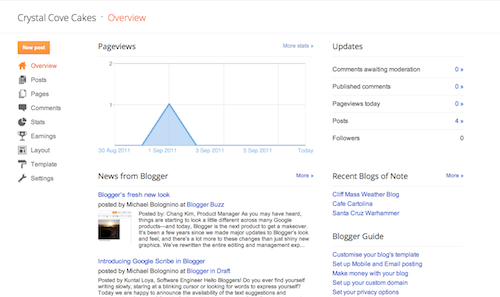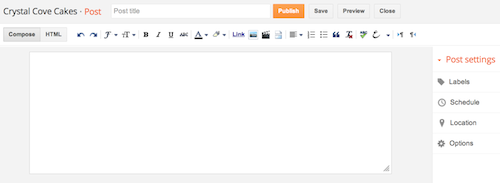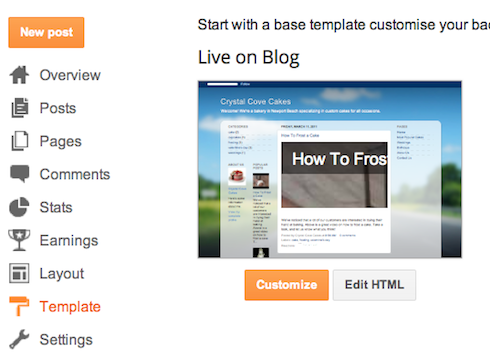Hallooww IT-Clubbers,
Saatnya ambil nilai...
Silahkan kirim File/Foto/Video dari hasil karya kalian untuk dijadikan nilai pelengkap UAS 2016/2017 Semester 1. Caranya masukkan aja ke bagian komentar ya... Selamat bekerja n trims u yg udah ngirim.
Kerjakan sesuai bidang Kalian dalam waktu 55-60 menit. Gunakan 20 menit setelah itu untuk mengirim hasilnya ke bagian komentar di bawah ini. (jadi total waktu Kalian 80 menit ya)
Pertimbangkan waktuya, jangan buat karya yg terlalu butuh waktu lama.
Good luck.
Mr.T
=================
Tips.
Langkah menambahkan 'sesuatu' pada komentar Kalian
Memasukan/Menambahkan File u Didownload
Memasukan/Menambahkan Gambar
Memasukan/Menambahkan Video Youtube
Menulis Tag <code>
Menulis Tag <pre>
Menulis Catatan (Blockquote)
Saatnya ambil nilai...
Silahkan kirim File/Foto/Video dari hasil karya kalian untuk dijadikan nilai pelengkap UAS 2016/2017 Semester 1. Caranya masukkan aja ke bagian komentar ya... Selamat bekerja n trims u yg udah ngirim.
Kerjakan sesuai bidang Kalian dalam waktu 55-60 menit. Gunakan 20 menit setelah itu untuk mengirim hasilnya ke bagian komentar di bawah ini. (jadi total waktu Kalian 80 menit ya)
Pertimbangkan waktuya, jangan buat karya yg terlalu butuh waktu lama.
Good luck.
Mr.T
=================
Tips.
Langkah menambahkan 'sesuatu' pada komentar Kalian
Berikut adalah cara menuliskannya / format penulisan pada komentar Kalian.
Memasukan/Menambahkan File u Didownload
<a href="Tulis URL File di sini"> Kata-kata download di sini atau apa saja </a>Memasukan/Menambahkan Gambar
<i rel="image">Tulis URL gambar di sini</i>, atau[img]Tulis URL gambar di sini[/img]Memasukan/Menambahkan Video Youtube
<i rel="youtube">Tulis URL Video Youtube di sini</i>, atau[youtube]Tulis URL Video Youtube di sini[/youtube]Menulis Tag <code>
<i rel="code">Tulis kode yang sudah diparse di sini</i>, atau[code]Tulis kode yang sudah diparse di sini[/code]Menulis Tag <pre>
<i rel="pre">Tulis kode yang sudah diparse di sini</i>, atau[pre]Tulis kode yang sudah diparse di sini[/pre]Menulis Catatan (Blockquote)
<b rel="quote">Tulis catatan di sini</b>, atau[quote]Tulis catatan di sini[/quote], atau[blockquote]Tulis catatan di sini[/blockquote]











 )
)

 I’ve also found it useful to be able to temporarily hide selected faces, and quickly unhide them. For instance, when creating a model for 3D printing, it needs to be solid. If you have any extra faces or edges “inside” the model, they need to be deleted. Sometimes you can locate these extra entities by switching to Xray mode, but it tends to be a bit overwhelming when you can see all the edges in your model.
I’ve also found it useful to be able to temporarily hide selected faces, and quickly unhide them. For instance, when creating a model for 3D printing, it needs to be solid. If you have any extra faces or edges “inside” the model, they need to be deleted. Sometimes you can locate these extra entities by switching to Xray mode, but it tends to be a bit overwhelming when you can see all the edges in your model.



